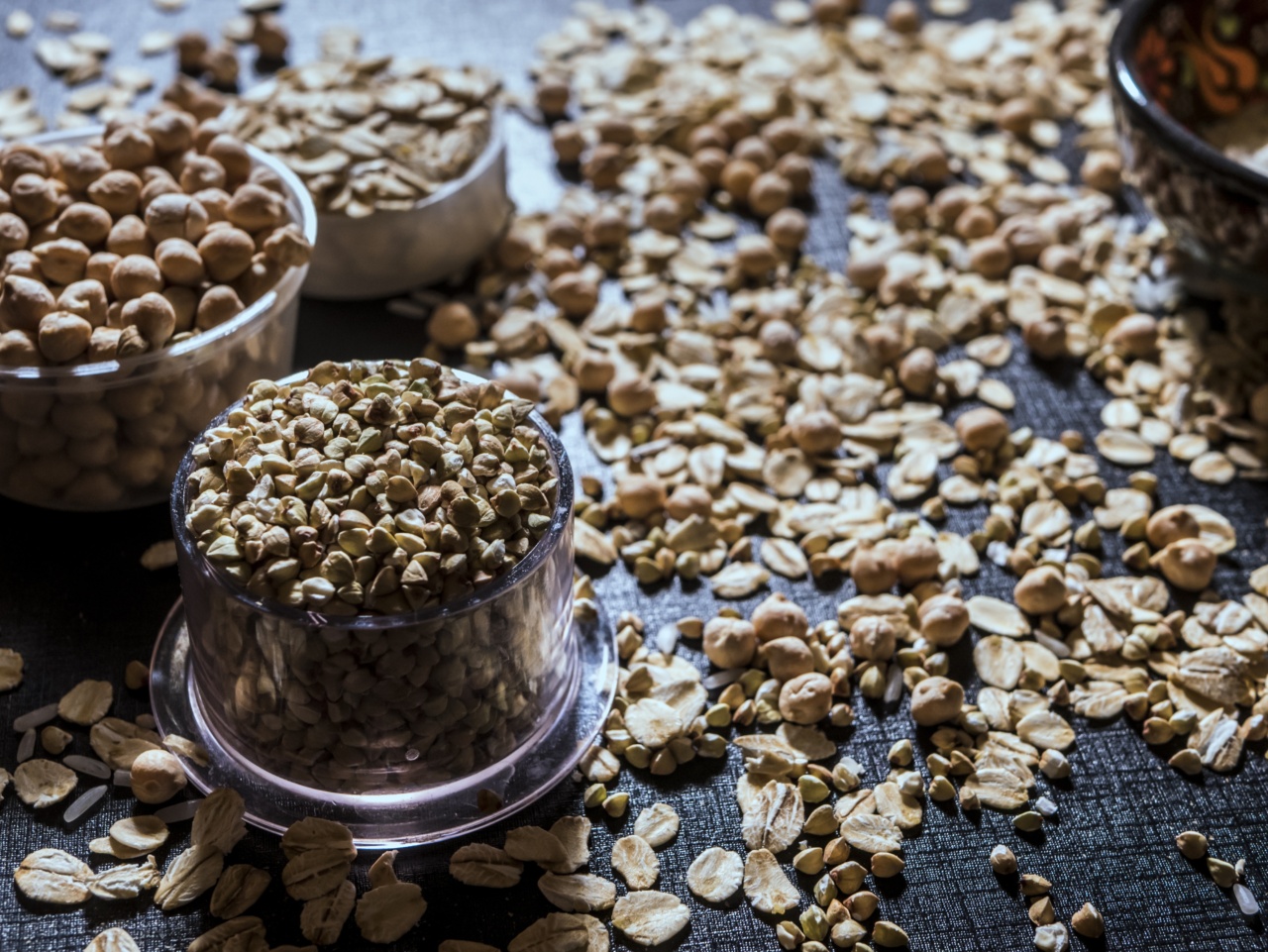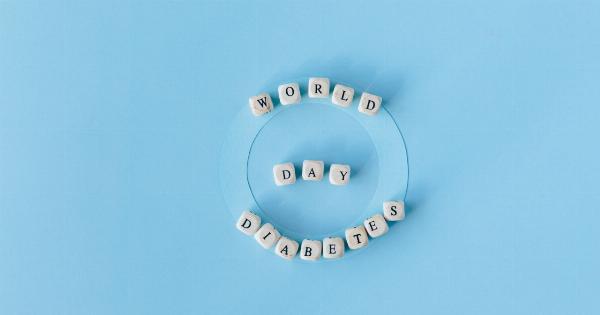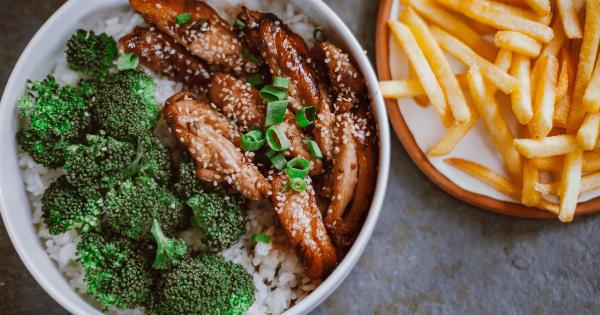Diabetes is a chronic condition that affects millions of people worldwide. Managing it requires making significant lifestyle changes, including adopting a healthy diet. A diet rich in whole grains is an excellent way to manage diabetes.
Whole grains are packed with essential nutrients, including vitamins, minerals, fiber, and protein, which help in regulating blood sugar levels. In this article, we will examine why whole grains are a diabetes-fighting superfood.
What are Whole Grains?
Whole grains are those that contain the entire grain kernel, including the bran, germ, and endosperm. Examples of whole grains include brown rice, oats, barley, quinoa, and whole-wheat bread.
These grains are nutritious and provide the body with energy, fiber, and vital nutrients needed for optimal health.
Why are Whole Grains Important for Diabetics?
Whole grains are essential for people with diabetes because they have a low glycemic index. This means they do not cause a spike in blood sugar levels like refined grains do.
Refined grains such as white bread, white rice, and pasta are highly processed, stripped of their natural nutrients, and can lead to blood sugar fluctuations.
Whole grains are also loaded with dietary fiber, that plays an essential role in regulating blood sugar levels. Fiber slows down the absorption of glucose in the bloodstream by keeping you full for longer periods.
This reduces the risk of sudden spikes in blood sugar levels, making it easier to manage diabetes.
Whole Grains and Their Nutritional Content
Whole grains are packed with essential nutrients that are vital for people with diabetes. They are low in fat, calories, and have a significant and beneficial impact on blood sugar levels. Here are some essential nutrients found in whole grains:.
Fiber
Whole grains are rich in dietary fiber, which is essential for maintaining a healthy digestive system. Fiber slows down the absorption of glucose into the bloodstream, resulting in a slow and steady rise in blood sugar levels.
This is particularly important for people with diabetes, as it helps them avoid sudden spikes in blood sugar levels.
Magnesium
Whole grains are an excellent source of magnesium. Magnesium is essential for regulating blood sugar levels. Studies show that people with diabetes have a higher risk of magnesium deficiency, which can lead to poor blood sugar control.
Consuming foods rich in magnesium, such as whole grains, can help reduce the risk of complications associated with diabetes.
B Vitamins
Whole grains are an excellent source of B vitamins such as thiamine, riboflavin, niacin, and folate. B vitamins are essential for converting food into energy and maintaining a healthy brain and nervous system.
Diabetics are at a higher risk of vitamin B deficiencies, which can lead to nerve damage, mental health problems, and heart disease. Consuming whole grains can help reduce the risk of these complications.
Antioxidants
Whole grains are rich in antioxidants such as lignans and phenolic acids. Antioxidants protect the body against the harmful effects of free radicals, which can cause cell damage that leads to chronic diseases such as cancer, heart disease, and diabetes.
Consuming whole grains as part of a healthy diet can help reduce the risk of developing these conditions.
What are the Best Whole Grains for Diabetics?
Here are some of the best whole grains for people with diabetes:.
Brown Rice
Brown rice is a good source of fiber that helps regulate blood sugar levels. It also contains minerals such as magnesium and selenium that are essential for maintaining good health.
Oats
Oats are a great source of soluble fiber, which slows down the absorption of glucose in the bloodstream. They also contain beta-glucan, which helps reduce blood cholesterol levels.
Consuming oats regularly can help improve blood sugar control in people with diabetes.
Barley
Barley is rich in fiber, magnesium, and other nutrients that help regulate blood sugar levels. It also contains beta-glucan, which helps reduce cholesterol levels in the blood.
Quinoa
Quinoa is a gluten-free pseudocereal that is rich in protein, fiber, and other essential nutrients. It has a low glycemic index and is a great alternative to white rice for people with diabetes.
Whole-wheat Bread
Whole-wheat bread is an excellent source of dietary fiber, B vitamins, and other essential nutrients. It has a low glycemic index and is an excellent alternative to white bread for people with diabetes.
Conclusion
Whole grains are an essential component of a balanced and healthy diet for people with diabetes. They are packed with essential nutrients, such as fiber, magnesium, B vitamins, and antioxidants, that help regulate blood sugar levels.
Incorporating whole grains into your diet can help you manage diabetes effectively, reducing the risk of complications associated with this condition.































